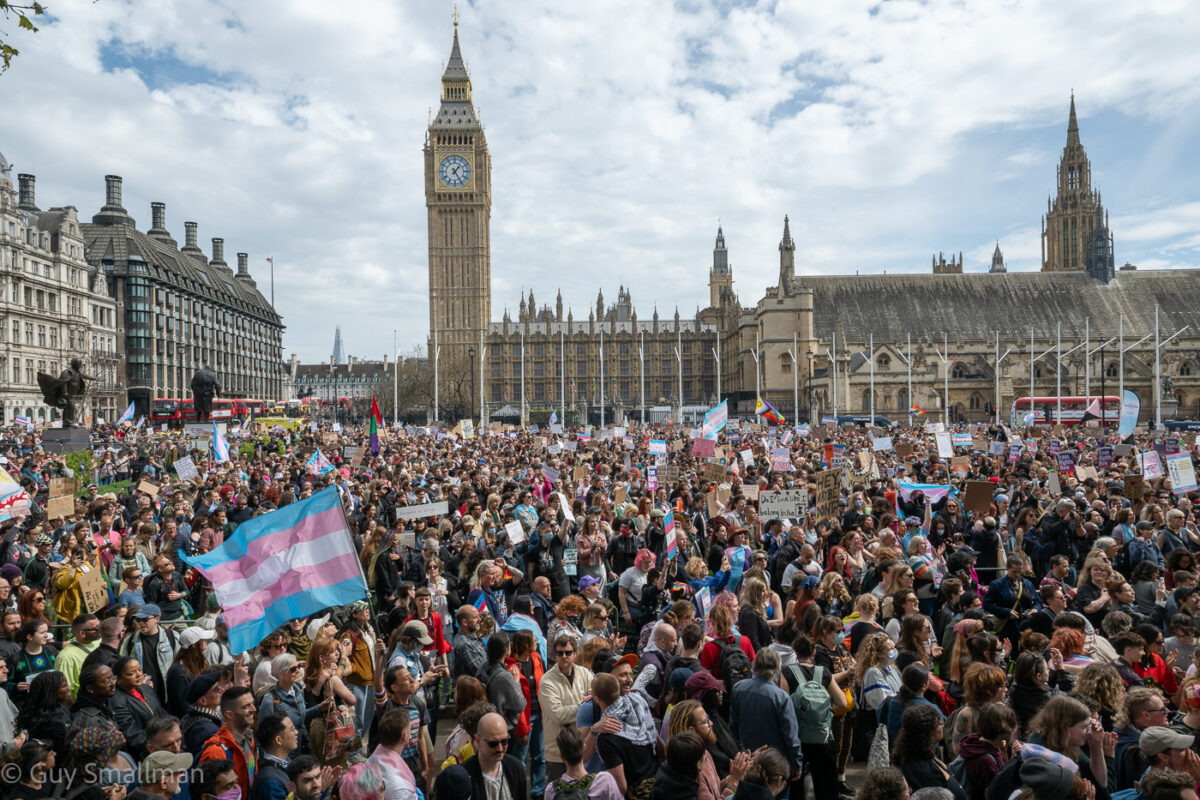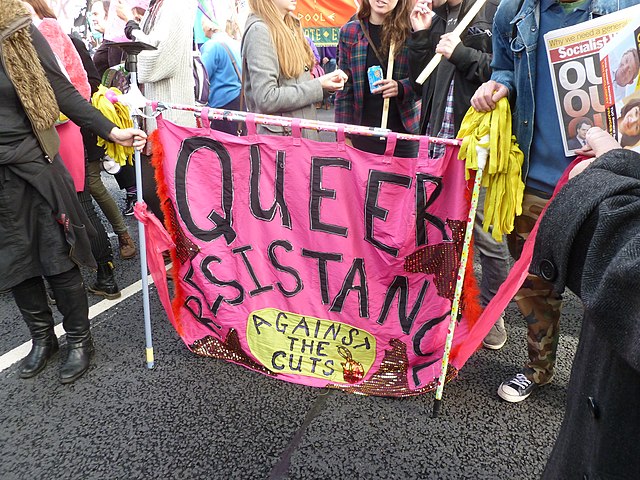Rebellious Daughters of History #22
by Judy Cox

The most dangerous woman in America: Mary ‘Mother’ Jones (1837-1933)
Mary Harris was born in 1837 in County Cork, Ireland. Her father Robert fled to Canada after taking part in a revolt against the landowners. Mary became a schoolteacher but was barred from most schools because she was a Roman Catholic.
She later moved to Chicago and worked as a dressmaker. She met George Jones,iron worker and union organiser, in 1861 and they married and had four children. George and the four children, who were all under five, died in a yellow fever epidemic in Memphis in Autumn 1867.
After the death of her family, Mary moved back to Chicago and to dressmaking but in 1871 she lost her home, shop, and belongings in the Great Chicago Fire. After the fire she became a full-time organiser for the Knights of Labor but in the 1880s Mary left the Knights to become a strike organiser.
In 1901, Mary was involved in a strike in Pennsylvania’s silk mills. Many strikers were teenage women demanding adult wages. Mary encouraged the families of the workers to beat on tin pans, and shout ‘Join the Union!’
In 1902 Mary was on trial for ignoring an injunction banning meetings by striking miners. ‘There sits the most dangerous woman in America’, announced the district attorney, ‘She comes into a state where peace and prosperity reign … crooks her finger [and] twenty thousand contented men lay down their tools and walk out’.
In 1903, Jones organized children from the mills and mines to join a ‘Children’s Crusade’, a march from Kensington, Philadelphia to the hometown of President Theodore Roosevelt with banners demanding ‘We want to go to school and not the mines!’
Mary, who was now in her 50s, became known as Mother Jones. In 1905, she was among the founders of the Industrial Workers of the World (the ‘Wobblies’). She was also a founder of the Social Democratic Party in 1898.
During the 1912 Paint Creek–Cabin Creek strike of 1912 in West Virginia, Mary organised workers despite a shooting war between United Mine Workers members and the private army of the mine owners.
Martial law was declared and Jones was arrested on 13 February 1913 and brought before a military court. Accused of conspiring to commit murder, she refused to recognize the legitimacy of her court-martial. She was sentenced to twenty years in the state penitentiary but was moved to house arrest and released due to ill health.
She helped organize coal miners in Colorado in the 1913-1914 United Mine Workers of America strike against the Rockefeller-owned Colorado Fuel and Iron company, in the Colorado Coalfield War. Again she was arrested, serving time in prison.
Jones was a union organizer for the United Mineworkers Union into the 1920s and continued to give fiery speeches. One of her last public appearances was at her birthday celebration on May 1, 1930.
She died a few months later was buried at the Miners Cemetery at Mount Olive, Illinois: It was the only cemetery owned by a union.

A Revolutionary in her own Right: Inessa Armand (1874-1920)
Inessa Armand was born in Paris in 1874, the daughter of a French opera singer and a Russian aristocrat. She was brought up by her Russian grandmother in Moscow. She married a rich French Russian, Alexander Armand, at the age of 19 and had four children. In 1901, she was refused permission by the Moscow authorities to open a school for girls. The following year she opened a shelter for ‘downtrodden women’.
At the age of 28, Inessa left Alexander and went to live with his younger brother Vladimir, who was a revolutionary, and had a child with him. In 1903 she joined the Russian Social Democratic and Labour Party (RSDLP) and began to work in the underground.
For the next 15 years she tried to combine her political life with spending time with her children. She smuggled documents across the border from Switzerland into Russia in the false bottom of her children’s trunk.
In Moscow during the 1905 revolution, Inessa was arrested but released thanks to Alexander’s intercession. She was arrested again in April 1907 and exiled to northern Russia in November. She escaped a year later and hurried to Switzerland to nurse Vladimir, who died two weeks later. Armand then travelled to Paris, where she first met Krupskaya and Lenin. She was to share the next seven years of her exile with them.
Inessa taught at a party school in Geneva in 1911 alongside Lenin, Zinoviev and Kamenev. She also became the main organiser of the committee that coordinated all the Bolshevik groups across Europe.
Armand returned to Russia in 1912 and was arrested, and again she escaped, but not before she helped to steer the Bolshevik Party’s paper towards addressing women workers. Inessa was the driving force behind the Bolshevik’s women’s paper Rabotnitsa. Inessa opposed World War I, organising anti-war conferences and publications.
In the revolution of 1917, Inessa became secretery to the Moscow Soviet and pushed through reforms to benefit women. Armand was vital to establishing the first Congress for working women in 1918. From this congress the Women’s Department, or Zhenotdel, was set up, enabling Inessa to organise communal facilities such as laundries, canteens and crèches.
She launched a paper aimed at women, Kommunista, but the fifth edition carried Inessa’s obituary. Exhausted by working 16-hour days she went to recuperate at a sanatorium in the Caucasus Mountains. She was evacuated when the area came under attack by White armies and when she left the train to buy bread and milk Inessa contracted cholera.
She died on 23 September 1920, aged 46. She was buried in Red Square with mass singing of the Internationale; one of very few women of the time to be accorded a state funeral.
In 1919 Inessa wrote:
‘All the interests of women workers, all the conditions for their emancipation are inseparably connected to the victory of the proletariat, are unthinkable without it. But this victory is unthinkable without their participation, without their struggle’.



